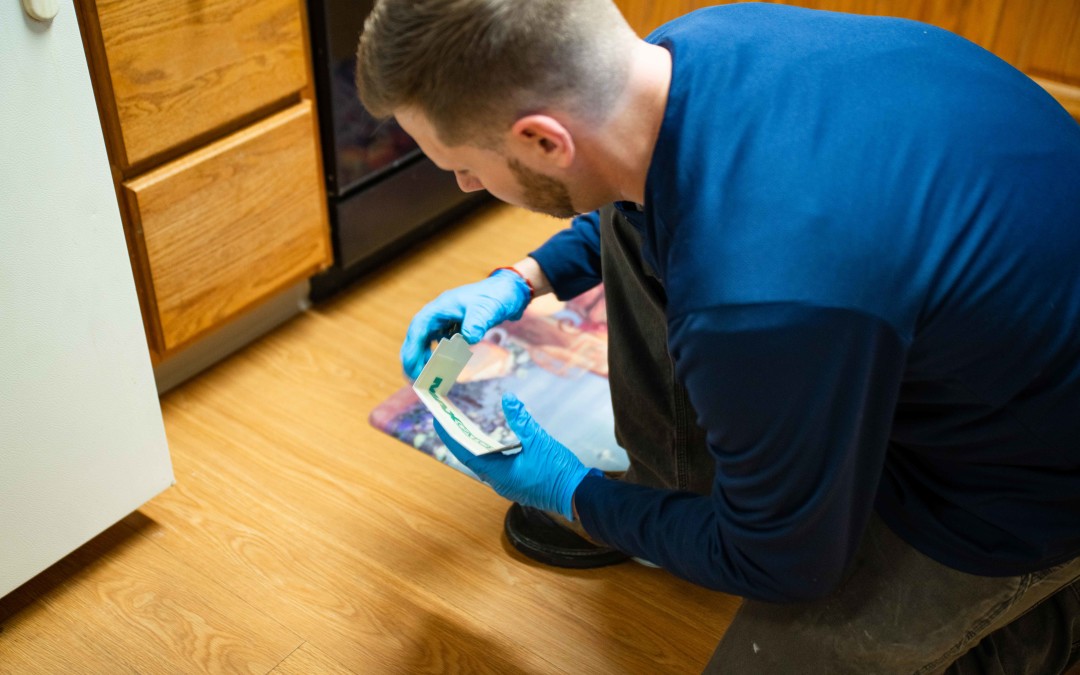Considering that all of the most frequently encountered cockroach pest species spread pathogens, occasionally inflict property damage, and establish extensive infestations that are exceptionally difficult to eliminate, homeowners and tenants are justified in their hatred for the insect pests. However, many people cannot stand cockroaches solely because of the instinctive disgust that they arouse whenever they are spotted. This is especially true when it comes to the American cockroach, as both males and females of this species grow to a relatively huge 2 inches in body length, while the other two common roach pest species, German and Oriental cockroaches, grow to lengths of around .7 and 1.2 inches, respectively.
Luckily, German and Oriental cockroaches cannot fly, and while American cockroaches sometimes take flight on exceptionally hot days in the northeast, the climate in the region rarely prompts airborne behavior in this species. However, imagine a group of normal-looking cockroaches taking flight into and around residential homes. Unfortunately, there are two cockroach species in Massachusetts that do just this, and one of these species has been expanding its habitat range in the state for the past several years. These two species are commonly known as the spotted Mediterranean cockroach and Pennsylvania wood cockroach.
While the Pennsylvania wood cockroach is native to the eastern US, and is only a minor nuisance pest, the spotted Mediterraneran cockroach is a non-native species that was first discovered in the US back in 1948 when specimens were collected from Cape Cod. This species later became well established in southeastern Massachusetts, where it is often spotted outdoors and is a common nuisance pest within homes in some areas due to its attraction to artificial lights within and around houses. Researchers had long assumed that the spotted Mediterranena cockroach remained unique to Massachusetts, but not too long ago, this species was found in southeastern Michigan.
Both spotted Mediterranean cockroach nymphs and adults are light brown in color, and although they may fly into Massachusetts homes during the warmer months, this species does not consume human food sources. These roaches are also skilled at invading homes through narrow entry points on the exterior walls of structures during flight, but applying sealant to these areas will prevent their entry.
Have you ever heard of flying cockroach pests in Massachusetts?

